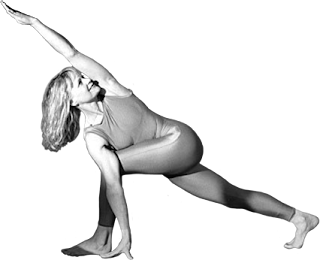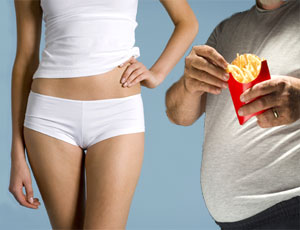Today proudly I can say researches one more time proved that exercise (Resistance Training) is so benefitial for us not only to lose weight, stress, diffrent kind of disease but also good news it helps smokers to kick their smoking habit.
I found this article from ScienceDaily and I want to share it with you as it is:
"
Although exercise has been shown to reduce many of the negative experiences that accompany quitting, such as cigarette cravings, withdrawal symptoms and weight gain, the majority of these studies have focused only on women and only on aerobic exercise. The Miriam study, published online by the journal Nicotine & Tobacco Research, is the first to examine resistance training as an aid for smoking cessation.
According to the findings, male and female smokers who completed a 12-week resistance training regimen as part of a standard smoking cessation treatment program were twice as likely to successfully quit compared to those who did not regularly lift weights.
"Cigarette smoking kills more than a thousand Americans every day, and while the large majority of smokers want to quit, less than five percent are able to do it without help," said lead author Joseph Ciccolo, Ph.D., an exercise psychologist, researcher and physiologist with The Miriam Hospital's Centers for Behavioral and Preventive Medicine. "We need any new tools that can help smokers successfully quit and it appears resistance training could potentially be an effective strategy."
In their pilot study, Ciccolo and colleagues enrolled 25 male and female smokers between the ages of 18 and 65 who reported smoking at least five cigarettes a day for the past year or more. All participants received a 15-20 minute smoking cessation counseling session as well as an 8-week supply of the nicotine patch before being randomized into two groups.
The resistance training group engaged in two, 60-minute training sessions per week for 12 weeks. The full-body routine involved 10 exercises, with researchers gradually increasing weight and intensity every three weeks. Participants in the control group watched a brief health and wellness video twice a week.
At the end of the 12 weeks, 16 percent of smokers in the resistance training group had not only quit smoking, but they also decreased their body weight and body fat. In comparison, 8 percent of individuals in the control group had quit smoking, yet they increased their body weight and fat.
And the effects appear to be long-lasting: three months after the study was completed, 15 percent of those in the resistance training group had successfully maintained their quit attempt compared to 8 percent of the control group.
Although Ciccolo says the study's results are "promising," he cautions that further research is needed before resistance training can be used as a clinical treatment for smoking cessation.
According to the Centers for Disease Control and Prevention (CDC), more than 46 million American adults were current smokers in 2009 -- or about one out of five people. Smoking costs the United States approximately $193 billion each year in health care expenditures and lost productivity.
The study was funded by a grant from the National Cancer Institute. Co-authors included Shira I. Dunsinger, Ph.D. and Ernestine G. Jennings, Ph.D. of The Miriam Hospital's Centers for Behavioral and Preventive Medicine; David M. Williams, Ph.D. of Brown University; John B. Bartholomew, Ph.D. of the University of Texas at Austin; Michael H. Ussher, Ph.D., of St. George University of London; William J. Kraemer, Ph.D. of the University of Connecticut; and Bess H. Marcus, Ph.D., of the University of California at San Diego"










